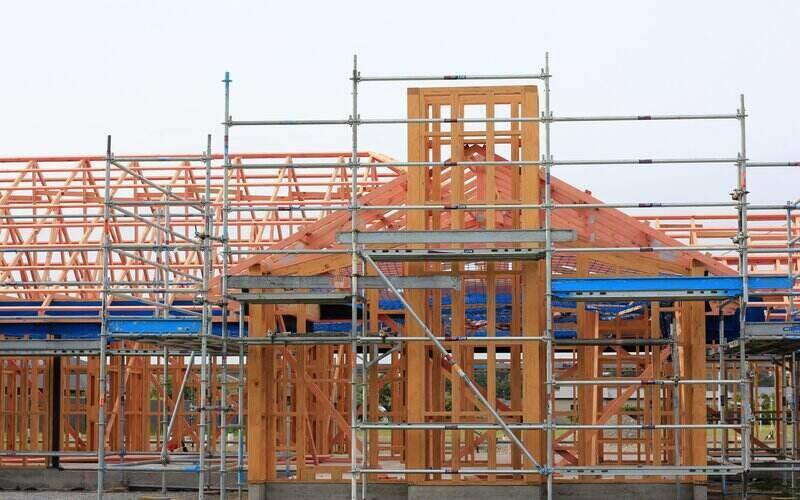The research, ‘Understanding how policy settings affect developer decisions’, was conducted on behalf of the Australian Housing and Urban Research Institute (AHURI).
Researchers from Curtin University, University of South Australia, University of Southern Queensland and University of Adelaide examined how policy settings and new construction processes affect developer decisions to provide private sector housing supply.
This information was then used to assess how housing affordability could be improved.
AHURI said the current combination of falling dwelling prices across much of the country paired with rising construction costs is the worst possible outcome for new housing supply.
"Private sector housing supply is driven by profit and factors that increase or decrease revenue and costs determine levels of new supply."
Lead researcher Professor Steven Rowley, of Curtin University said the key to successful development was the ability to deliver the required rate of return while minimising risk.
"It’s not a case of maximising return at all costs - market demand, sales prices and sales rates were considered by many interviewees as the main risks," Professor Rowley said.
According to AHURI, the most important input into a profitable development outcome within the housing sector is the end sales price.
The research modelled how changes to key variables during a project’s development and construction affect developers’ financial returns.
It found that small increases or reductions in final sales prices have major implications for profitability.
However, as development projects can take many years, predicting the actual sales price at completion is near impossible due to price fluctuations even in the short term.
"As a consequence, developers tend to adopt a conservative approach to price estimation," AHURI reported.
"While revenue is critical, cost increases and project delays also affect the final profitability.
"Small increases or reductions in construction costs result in major implications for returns, a 10% increase in costs can mean a 40% reduction in financial returns."
Rising construction costs also significantly reduce development profitability and therefore housing supply.
The research modelling found that government planning and policy decisions can also have an impact.
It showed that a significant reduction in the time taken from the commencement to completion of construction had a positive impact on feasibility.
"Even a one or two month reduction in a 24 month build time can mean the difference between a profitable and unprofitable development," AHURI said.
New construction technologies and processes that reduce costs and shorten the development period were said to potentially improve housing affordability.
"To operate efficiently and deliver housing supply where it is most needed, the development industry needs a steady supply of sites that are financially viable to develop," Professor Rowley said.
"This requires long term strategic thinking by all levels of government and a mechanism where investment in infrastructure is shared between government, landowners and developers."
Image by Sandy Millar via Unsplash.

Ready, Set, Buy!
Learn everything you need to know about buying property – from choosing the right property and home loan, to the purchasing process, tips to save money and more!
With bonus Q&A sheet and Crossword!

